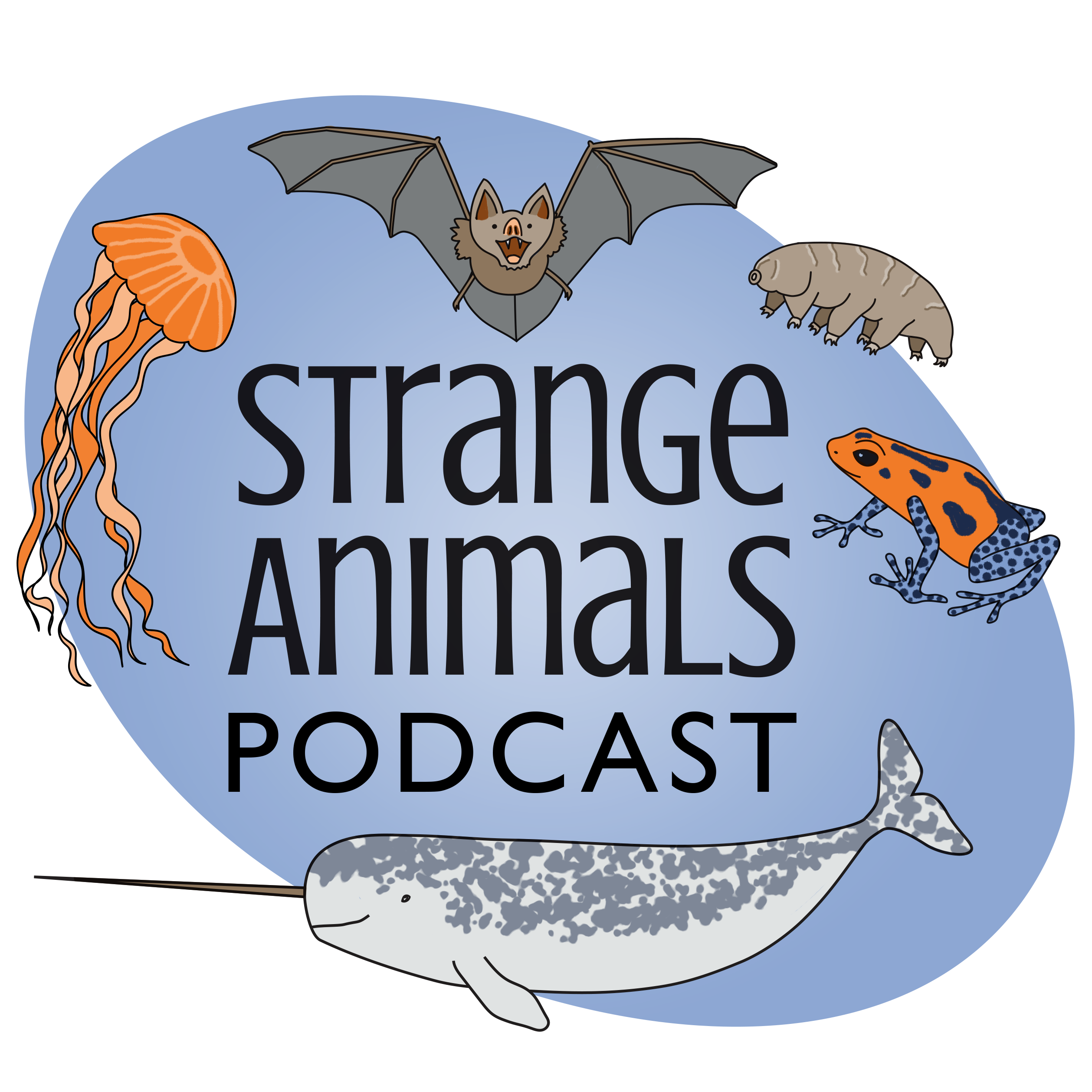Episode 258: Sable and Sable Antelope

Sign up for our mailing list! We also have t-shirts and mugs with our logo!\n\nA big birthday shout-out to\xa0Penelope this week! Thanks to Isaac for this week's topic suggestion. We're learning all about the sable and sable antelope!\n\nFurther reading (mostly for the pictures since there's not much content otherwise):\n\nWoman Rescues This Sable from Becoming Someone's Coat\n\nFurther watching:\n\nKruger Park, Season 15 - this one is about some sable antelope bulls fighting\n\nFuzzy sable face:\n\n\n\nSable:\n\n \n\nSable antelopes:\n\n\n\nA sable antelope growth chart. I find this really interesting. NERD:\n\n\n\nShow transcript:\nWelcome to Strange Animals Podcast. I\u2019m your host, Kate Shaw.\nThis week we\u2019ve got an interesting theme, with both the theme and the animals suggested by Isaac. But first, we have a birthday shout-out!\nHappy birthday this week to Penelope, whose birthday is on January 15th! I hope you have the best birthday ever!\nIsaac suggested the sable, which is a type of mustelid, or weasel and ferret relation, and also suggested the sable antelope! It\u2019s the sable episode.\nThe word sable means black or a rich dark brown, but most of the time it\u2019s used to refer to the fur of an animal called the sable. The fur was so highly prized in Europe and Asia that the color of the animal\u2019s fur was used as the name of the animal itself, and has been borrowed to refer to a specific coloration of other animals like cats and dogs.\nThe animal called the sable is common throughout parts of Asia, especially Siberia, China, and northern Mongolia. It lives in forests and mostly hunts by sound, and will eat just about anything it can find. This includes small animals like hares, rodents, birds, and even other species of mustelid, but it will also eat carrion, berries, fish, insects, snails and slugs, and occasionally it will even manage to kill a small bovid called a musk deer. The musk deer isn\u2019t actually a deer but is more closely related to goats and antelopes. It can stand over two feet tall at the shoulder, or 70 cm, and the male has fang-like tusks instead of antlers or horns.\nFor an animal that sometimes kills and eats musk deer, the sable isn\u2019t very big. It\u2019s long and slender like other mustelids and measures nearly 2 feet long, or 56 cm, not counting its tail, which can add another 5 inches, or 12 cm. Females are a little smaller. It\u2019s brown all over, usually dark brown but sometimes lighter depending on where it lives, with a pale patch on its throat. It has large fox-like ears and a somewhat fox-like or cat-like face but with smaller eyes. Its legs are short but that doesn\u2019t stop it from covering long distances every day to find enough food, more than seven miles in some cases, or 12 km.\nThe sable is crepuscular, meaning it\u2019s most active during dawn and dusk. When it\u2019s not out hunting, it sleeps in a burrow it digs among tree roots, often lined with leaves and dry grass so it\u2019s more comfortable and warmer. The exception is during mating season when the sable is more likely to be out during the daytime. Males fight each other during this time, and when a female is deciding whether she likes a male, she and the male will play-fight and chase each other.\nOne unusual thing about the sable is that even though mating season is usually in summertime, and even though it only takes about a month for the babies to develop inside the mother before they\u2019re born, the babies are born in spring. Since the sable doesn\u2019t have access to a time machine, something else is going on.\nIt\u2019s called delayed implantation or embryonic diapause, where the mother\u2019s egg is fertilized but then stays dormant for a time before it attaches to the uterine wall and starts developing into an embryo and ultimately a baby ready to be born. This allows babies to be born at a time of year when there\u2019s plenty of food. In the sable\u2019s case, the fertilized eggs don\u2019t implant for 8 months.\nSables aren\u2019t the only mammals that practice delayed implantation.